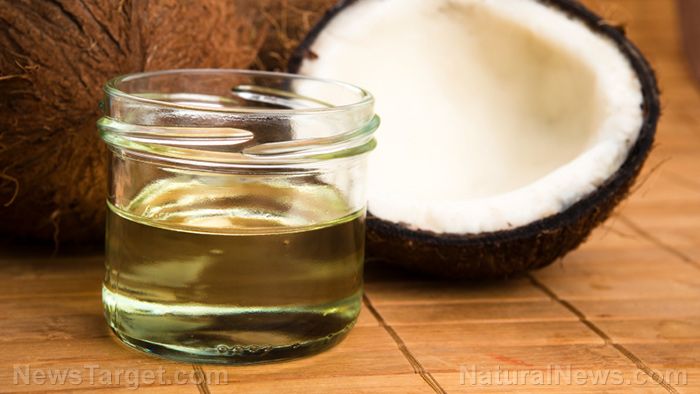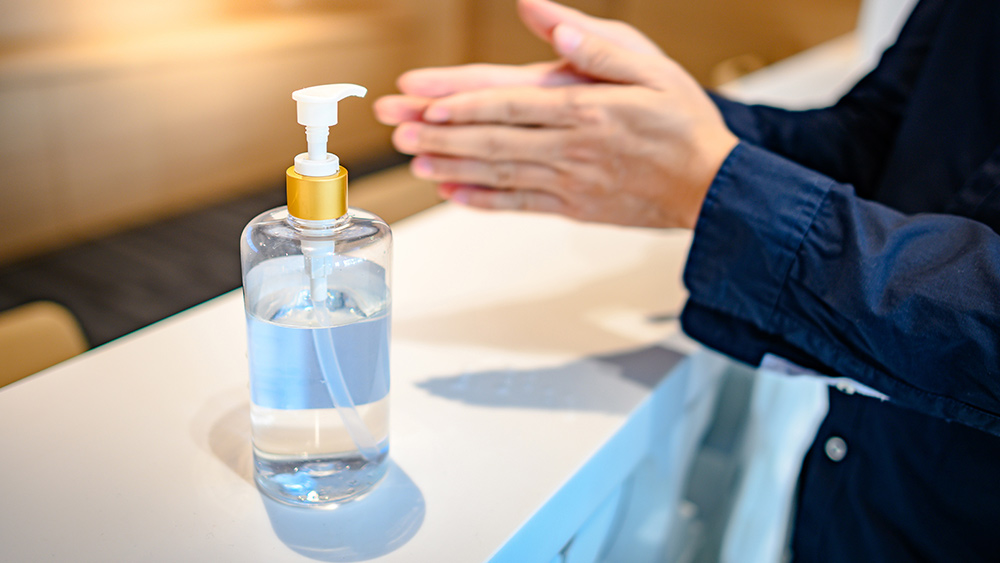
Many people choose certain essential oils to relieve pain and inflammation caused by burns. Keep in mind that there are different levels of burns and home remedies are not advisable for severe burns. (h/t to BackdoorSurvival.com.)
It's important to understand what degree of burn you’re dealing with to determine the type of treatment it will need, or if it's best to let a medical professional handle it. A first-degree burn is the mildest type of burn affecting the outer layer of skin called the epidermis. First degree burns such as a sunburn may cause pain and redness, but it isn't life-threatening and can be handled by home remedies such as the ones you will see below.
A second-degree burn affects both the epidermis and the underlying layer called the dermis, which can lead to blisters and are much more painful than first-degree burns. These burns can also be treated with home remedies, but it is advisable to seek medical help after using the natural treatments.
Meanwhile, a third-degree burn is the most severe type of burn and requires urgent medical attention. The injury goes so deep into the skin, it can damage the deepest skin layers, as well as blood vessels, glands, nerves, fat, muscle or bone, as well as pain receptors.
Once you have determined the level of burn, you can now turn to your natural remedies for some quick and easy treatment to the burn area (again, only applicable to mild and moderate burns).
- Lavender oil – This oil is used all over the world as a go-to remedy for burns due to its abilities to reduce swelling, clean cuts, and burns, reduce pain and promote relaxation. Mix 10 drops with a carrier like aloe vera (mix ration 1:1) and apply to the burn area. Cover with gauze.
- Neroli oil – Neroli is great for healing both old and new scars caused by burns. This oil is known for its ability to regenerate skin cells and improve the elasticity of the skin, as well as reduce inflammation and pain. Mix 10 drops with one ounce of rosehip oil, and apply topically twice a day.
- Helichrysum oil – Helichrysum oil works best on burns that have gone beyond the skin surface. It has powerful cell-regeneration properties and can greatly reduce pain. Mix this oil with a carrier oil such as sunflower oil, and apply to the wound, twice daily. Cover with gauze if necessary and avoid cotton wool.
- Peppermint oil – Peppermint oil is widely used as a home remedy for burns caused by exposure to or contact with hot steam and scalding ovens and stoves. The oil’s menthol cooling effects help soothe pain and heal the burns quickly. Mix three drops with a carrier like aloe vera (mix ratio 1:1) and apply to the burn area.
- Frankincense – This essential oil is made up of strong anti-inflammatory properties that protect skin cells. Frankincense helps skin appear younger, heals wounds and reduces the appearance of scars, as well as an effective pain reliever. Mix five drops with a carrier (aloe vera) and apply to burn area after it has been cleaned. Apply regularly to help skin cell regeneration and reduce scarring.
- Tea tree oil – Among the many uses and benefits of tea tree oil is pain relief from burn injuries. Also known as melaleuca, tea tree essential oil is considered a powerful substance for soothing many types of pain. Moreover, its antiseptic, antifungal and antibacterial properties make it one of the best options for preventing infection. Mix three drops with a carrier oil such as sunflower oil (or combine with lavender, neroli and helichrysum oils in a carrier for a powerful natural burn remedy). Once the burn is clean, apply to the affected area and maintain a regular routine.
- Geranium oil – This oil is best applied to a burn immediately, as it works quickly to reduce the swelling and inflammation and promotes healing right away. Its potent antiseptic compounds make it brilliant for cleaning wounds and reducing the risk of infection. Mix three drops with three drops of a carrier oil (aloe vera) and rub onto the affected area. Apply regularly and keep the area covered with a gauze to prevent infection.
- Petitgrain oil – This oil is derived from the bitter orange tree and is known to promote skin healing. Sharing similar properties to neroli oil, petitgrain also works well with scarring. For a potent skin regenerative oil, mix three drops of petitgrain with three drops of neroli oil and three drops of carrier oil (aloe vera). Apply to burn regularly (once or twice daily) until the scar is healed.
- Calendula oil – This oil is derived from the Marigold flower, and is known to effectively reduce swelling, as well as speed up the healing process of burns. Mix four drops of this essential oil with a carrier oil (sunflower) and rub onto the burn. Cover with gauze.
Note that these essential oils need to be diluted in carrier oils, as these potent substances can burn the skin in their pure form.
Learn more about how to properly treat burns by visiting Cures.news today.
Sources include:
Please contact us for more information.























